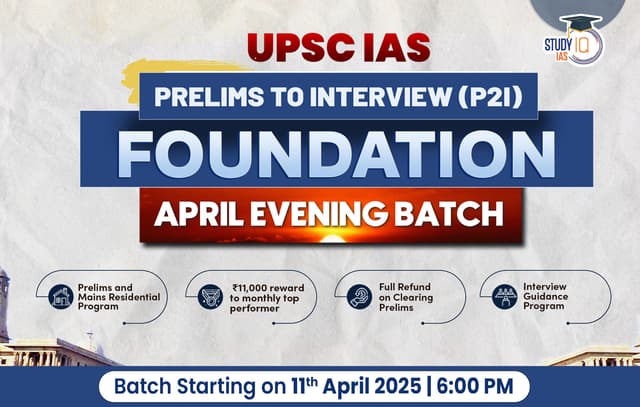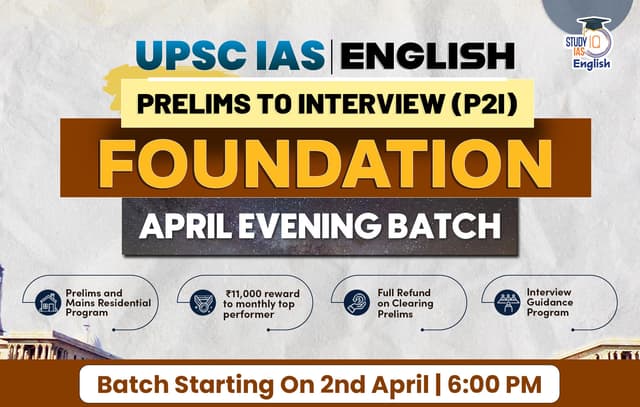Table of Contents
Context
- The Union Budget 2025-26 sets the stage for India’s economic expansion, projecting GDP growth from $3.7 trillion (2023-24) to $7 trillion (2030-31).
- Achieving this goal requires strong fiscal and monetary policies, infrastructure development, and efficient capital allocation.
Challenges for India’s Economic Growth
- Low Private Sector Investment: Private sector investment-to-operating cash flow has dropped from 114% (2008-09) to 56% (2023-24).
- Reasons: Uncertainty in future demand and geopolitical risks.
- Limited Credit Access for MSMEs: Large corporates access bank credit, equity, and bond markets, while MSMEs face credit shortages.
- Household savings shifting to mutual funds and pension schemes, reducing banks’ credit availability.
- Regulatory Constraints on Banking Liquidity: 30% of bank deposits are locked in regulatory preemptions (SLR: 26%, CRR: 4%).
- High Liquidity Coverage Ratio (LCR) requirements further reduce lendable resources.
- Banks invest ₹13 trillion in G-Secs out of ₹40 trillion deposit inflows, limiting funds for lending.
- Outdated Priority Sector Lending (PSL) Framework: PSL requirement at 40% does not align with current economic priorities.
- Pricing does not reflect credit risk, affecting bank profitability.
- Lower Credit Growth than Nominal GDP Growth: Credit growth lagging behind GDP growth, impacting financing for expansion.
- Over-regulation on interest rates and clean lending reduces financial inclusion.
- Rupee Volatility and Liquidity Impact: Defending the rupee against a strong dollar reduces market liquidity.
- Leads to an overvalued rupee without effectively strengthening forex reserves.
- High Bank Tech Investment with Low Returns: Indian banks spend 5% of annual expenditure on technology.
- Global comparison: Tech investment in banking at 9%, while revenue growth is only 4%.
- Free UPI transactions increase operational costs without revenue generation.
- Underdeveloped Derivatives Market: India’s government bond market share in global indices: 3% (Indonesia: 14.5%).
- Cash market liquidity is adequate, but the derivatives market remains weak.
What Needs to Be Done?
- Boost Private Sector Investment: Incentivize corporate investment through tax benefits and ease of doing business reforms.
- Strengthen demand confidence through policy stability and infrastructure growth.
- Improve Credit Access for MSMEs: Encourage risk-based pricing and cash-flow-based lending instead of collateral-heavy lending.
- Strengthen fintech partnerships to expand MSME credit reach.
- Reduce Regulatory Preemptions on Banking Liquidity: Reassess the need for both SLR and LCR; globally, only LCR is used.
- Allow banks more flexibility in investing funds instead of excessive G-Sec purchases.
- Revamp Priority Sector Lending (PSL): Update PSL guidelines to reflect changes in GDP structure and economic needs.
- Ensure PSL pricing reflects credit risks, improving bank profitability.
- Increase Credit Growth to Match GDP Growth: Expand financial inclusion with AI-driven risk assessment and digital lending models.
- Reduce regulatory burdens on interest rates and clean lending.
- Manage Rupee Stability Without Reducing Liquidity: Avoid excessive intervention in currency markets; instead, focus on long-term forex management.
- Strengthen domestic investment avenues to reduce dependence on external inflows.
- Ensure Sustainable Bank Technology Investment: Explore small transaction fees on UPI to compensate for network costs.
- Implement global best practices for cost-recovery models.
- Develop India’s Bond and Derivatives Market: Ease regulations to increase India’s global bond market share.


 Foreign Contribution Regulation Act (FCR...
Foreign Contribution Regulation Act (FCR...
 World Economic Forum’s Future of Jobs ...
World Economic Forum’s Future of Jobs ...
 Rising Household Debt, Trends, Causes an...
Rising Household Debt, Trends, Causes an...





















